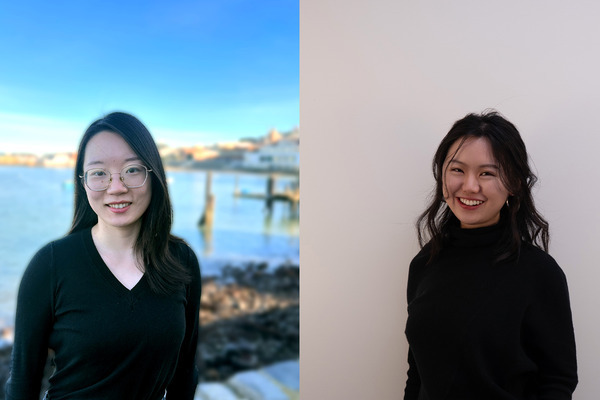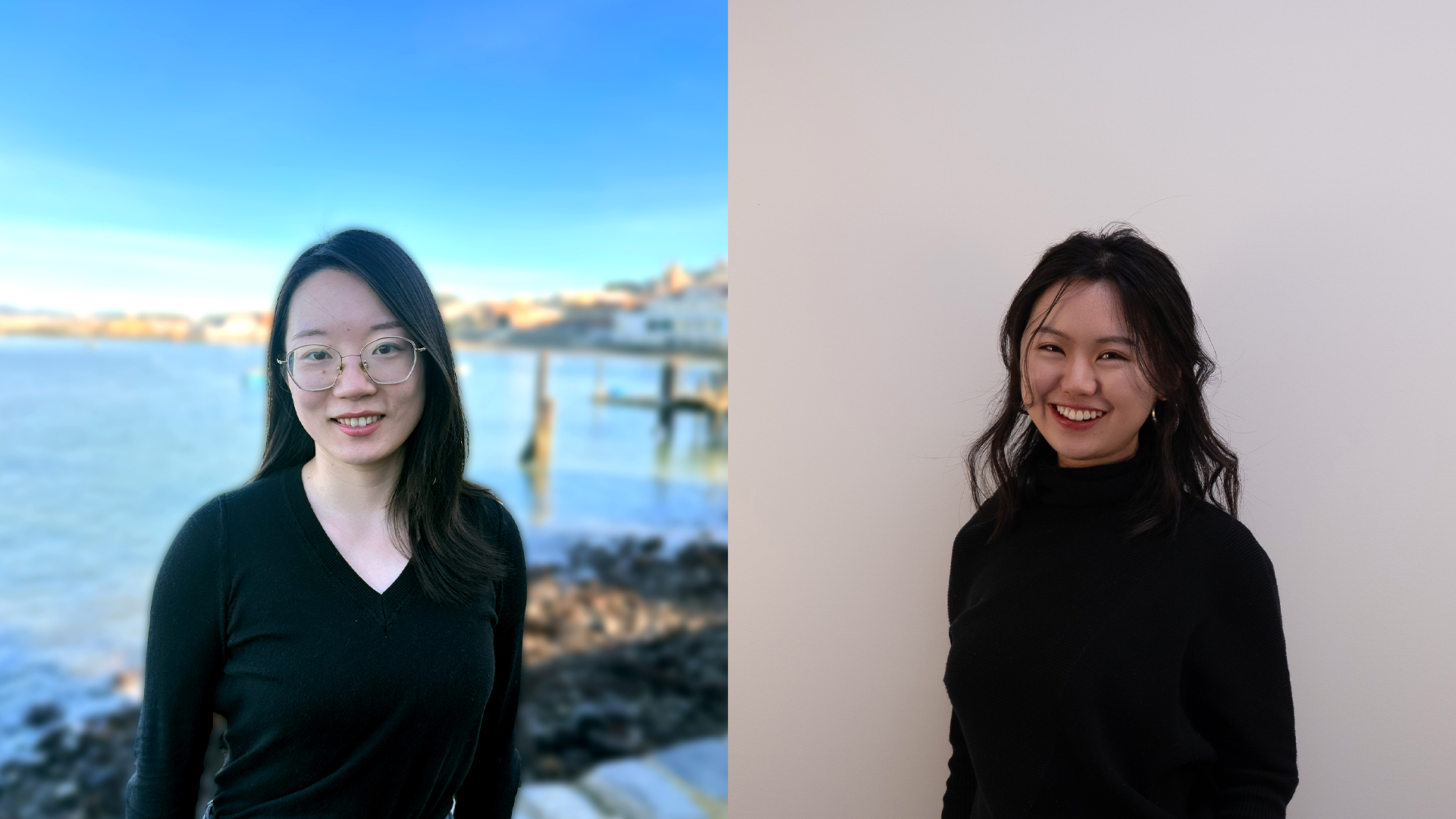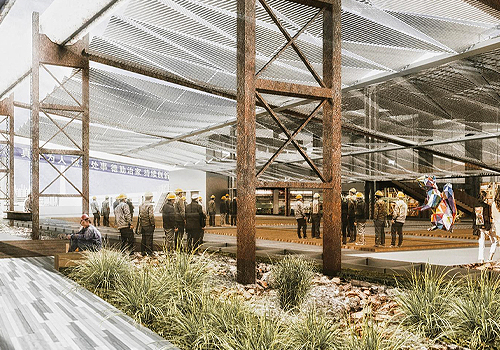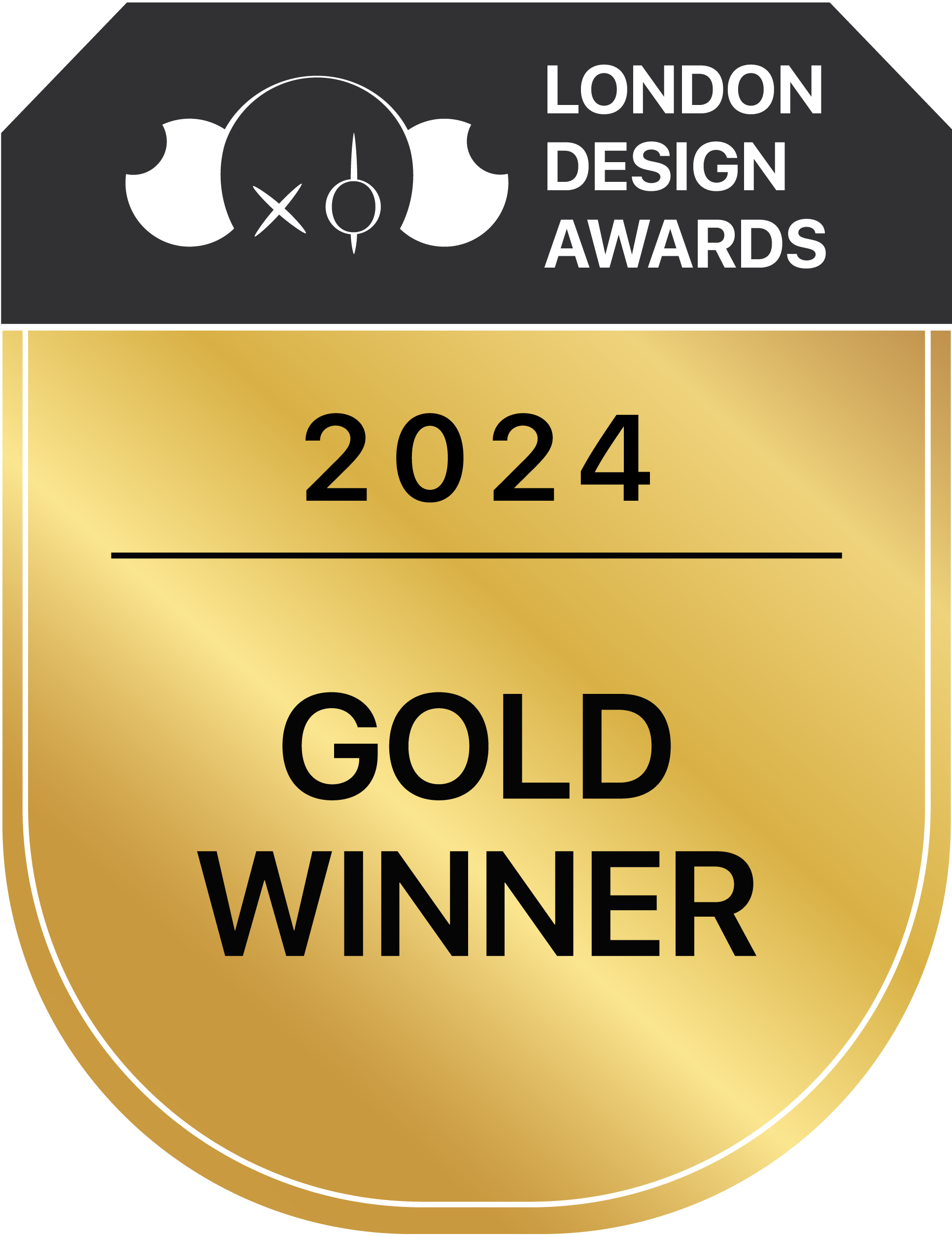
Yijia Xu & Zhimin Ma
1. Please give us a brief bio of yourself and your design background.
Yijia Xu: I’m currently a landscape designer with Field Operations. I was trained as an architect before turning to landscape architecture for my master’s degree.
Zhimin Ma: I'm a landscape designer based in San Francisco, focusing primarily on public landscape projects.
2. What does “design” mean to you?
Yijia Xu: Design could mean a lot. But personally, design amplifies the sensational experience of the world. I somehow believe good design is not always about inventing new things. It’s the delicacy, curiosity and empathy when you observe the world that could turn the otherwise invisible things feel tangible ones. In this way, design is both personal and public to me.
Zhimin Ma: Design brings our everyday experiences into poetic storytelling, bridging between functionality and aesthetics. In landscape design, it’s the practice of transforming neglected spaces into environments that serve not only people but the ecosystem as well.
3. What’s your favourite kind of design and why?
Yijia Xu: I appreciate designs that capture the essence of a site. The magic lies in transforming overlooked or neglected spaces into extraordinary experiences. It’s about recognising every aspect of the site without bias and using thoughtful design to shift public perceptions. Some of my favourite examples include the High Line, Landschaftspark Duisburg-Nord, and Leça Swimming Pool.
Zhimin Ma: I admire designs that engage all senses. Thoughtful placemaking, the right combination of materials and plants, and high-standard construction create immersive experiences where you can see, hear, smell, and feel nature's essence.
4. How did you come up with the idea for your award-winning design?
During the trip to the site, we came up with the idea of exploring how future transformations in the steel industry might shape the space. We questioned whether the public could become part of this change. Guided by these ideas, we adopted a phasing strategy, introduced pilot projects, and emphasised materiality. Central to our approach was "creative crafting"—blending the cognitive and physical aspects of steelmaking to inspire both industry and community interaction.
5. What was your main source of inspiration for this design?
Both of us pay a lot of attention to the texture of the site. It is not only about the richness of the materials but also the unique characteristics of the site, light or heavy, transient or permanent, dynamic or static etc.
On our first visit to the site, we were struck by the dynamic, ever-changing nature of the steel plant. This inspired us to begin by carefully analysing the evolving processes within the plant.
6. Congratulations! As the winner of the London Design Awards, what does it mean to you and your company and team to receive this award distinction?
This award is a significant milestone for our team, validating our effort to reimagine industrial spaces as living, evolving environments. It highlights the value of blending sustainability, creativity, and the ongoing industrial transformation. The recognition inspires us to further pursue transformative projects, encouraging us to push boundaries and explore new ways of connecting industry sites with the public.
7. Can you explain a bit about the winning work you entered into the London Design Awards, and why you chose to enter this project?
Our project reimagines one of China’s largest steel plants as a mixed-use landscape. It addresses the challenge of bridging ongoing industrial operations with sustainable, community-engaging spaces.
We chose to submit this project because it reflects our vision for future industrial landscapes—not as abandoned relics, but as spaces with potential to evolve and engage with contemporary societal needs. It symbolises the intersection of creativity, functionality, and sustainability in a rapidly urbanising world.
8. What were the main challenges you faced during the design process, and how did you overcome them?
The biggest challenge was to ground such an ambitious vision in practical realities—particularly when the goal was to engage the public within a site that was not only unwelcoming but potentially hazardous. Therefore, programming and materiality play essential roles in shaping this design.
9. What are your top three (3) favorite things about the design industry?
Yijia Xu: Creativity, Storytelling, and Beauty.
Zhimin Ma: Creativity, positive environmental impact, and the uniqueness of each project
10. Where do you see the evolution of design industry going over the next 5-10 years?
We anticipate the design industry moving towards adaptive reuse and sustainability, especially in urban and industrial environments. Cross-disciplinary collaboration will become essential as designers engage with engineers, environmentalists, and communities. Technology will continue to play a transformative role, enhancing how spaces are conceptualised and experienced.
Ultimately, design will shift towards fostering resilience—creating spaces that adapt to changing economic and environmental conditions while remaining connected to the general public.
11. What resources would you recommend to someone who wants to improve their skills in the design industry?
Yijia Xu: Travel as much as you can. Understand how diverse the local communities construct their built reality (or utopia) with their unique history, materials and perspectives.
Zhimin Ma: Visit more landscape sites, and always bring questions. Real-world sites reveal the practical aspects of design far better than drawings can.


